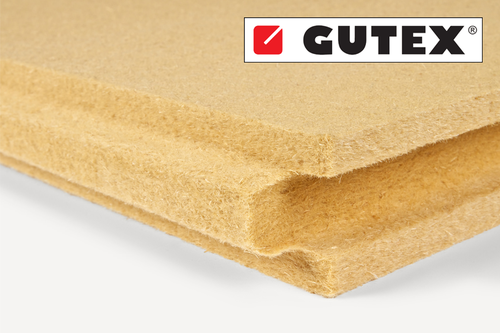The STREAM Wall - Part 1 of 3
A Go-To Wall
Every few months (weeks or even days) in our office we discuss the pros and cons of different wall assemblies in the context of a wide variety of projects. Every project has different goals and every client or builder has a different set of values when it comes to material considerations, thermal resistance, embodied energy, lifecycle, costs, etc. There are as many different opinions about the best wall assembly as there are people who design them.
I have been tackling this issue for over 20 years and have been involved in the design of hundreds of wood-framed projects. Surprisingly, there may not have been any two projects that have been exactly the same in terms of the wall assembly from the interior to the exterior. There are always suggestions and substitutions in terms of the various structural and thermal components and then, of course, aesthetic choices for the finishes and details. Often, those aesthetic choices actually dictate what the best substrate should be.
But imagine for a moment that there was a single “go-to” wall assembly as the starting point for all new construction. What would that look like?
Why have a go-to wall?
The benefits of the go-to wall are much greater than just picking the best performance or the greenest materials, it is also about creating standards for our office that can be tailored to the needs of each individual project. By settling on the technical aspects of the wall early in the design process, we can give even more of our attention to the architecture.
It’s easy to tinker with the wall assembly; we’re designers after all, and we pretty much can’t help trying to make each aspect of the building better each time. We respond to improvements in building science and changes to the code, as well as to our own expectations that what we design be as environmentally benign as possible. However, at a certain point, we can put down our pencils and say that this is how we’ll design our walls and that we will now shift our focus to the architecture. We benefit, the building benefits, and our clients benefit as well when the process becomes more efficient.
Insulation
Foam Free
The guiding principle when selecting the components of our go-to wall is that it reflect the values of our company. There are endless options but one thing we can do to reduce the number of options significantly is to reject the use of petroleum-based foam products from our assembly. Why? Because foam is just gross on so many levels, from manufacturing to end of life. This is a topic for another day but at the core of the argument is the fact that foam is a toxic substance that doesn’t jive with healthy building practices and there are many other alternatives to consider. In the Part 1 of 5 video series below, our friends at 475 High Performance Building Supply give a nice overview of why a more natural enclosure is a smarter enclosure.
We know that foam is a fuel for fire and when it catches on fire the gases released are extremely toxic, and contribute cancer-causing dioxins into our atmosphere. We are in complete denial if we believe our buildings are never going to catch on fire. For this reason alone, I think it would be irresponsible if our go-to wall contained any foam. Does that mean we will never use foam? Probably not, but even if we can’t completely avoid it, we should at least not rely on it.
So what do we use? There are many options out there, from fiberglass, mineral wool, wool wool, and blue jeans; ultimately, though, there is no option as friendly to the earth as cellulose. Cellulose is the most abundant natural resource on the planet and it is 100% renewable, mostly made from post-industrial waste (better than post-consumer waste), easily installed, and is innately hygroscopic and ‘vapor open’, meaning it allows the easy release of absorbed moisture in either direction. It is also by far the least expensive insulation when comparing walls insulated to the same R-Value.
Exterior Insulation (Optional?)
Another insulation we can employ in combination with cellulose in the cavity is a continuous layer of wood fiberboard like the ones available from the manufacturers Gutex or Steico. These are plant-based cellulose and despite any glues or additives to make them more fire- or pest-resistant, they seem to blow away any other competitor in terms of embodied carbon and greenhouse gas emissions. I’m sure these products can be improved in terms of their chemical makeup but for now they represent the best alternative to foam boards for the exterior continuous insulation. However, when budget is no concern, the best option for the exterior is probably cork insulation. Most projects probably can not afford cork but it would be good to have a wall assembly where different components can be fairly easily substituted without catastrophic impacts to the construction drawings.
Gutex is wood fiber insulation readily available through 475 High Performance Building Supply.
The idea of a continuous layer of rigid insulation is smart, but only when you are trying to achieve the highest level of performance possible. Not every client is going to spring for this luxury so we need a wall assembly that works (exceeds code) even if they omit the exterior insulation. And for foundation insulation, we suggest using rigid mineral wool boards or blankets on the interior because there is less concern for moisture with mineral wool and unlike foam it doesn’t require some form of ignition barrier in a crawlspace or full thermal barrier in a basement.
In Part 2 of this 3-part series we will discuss our recommendations for the structural components of the wall.



